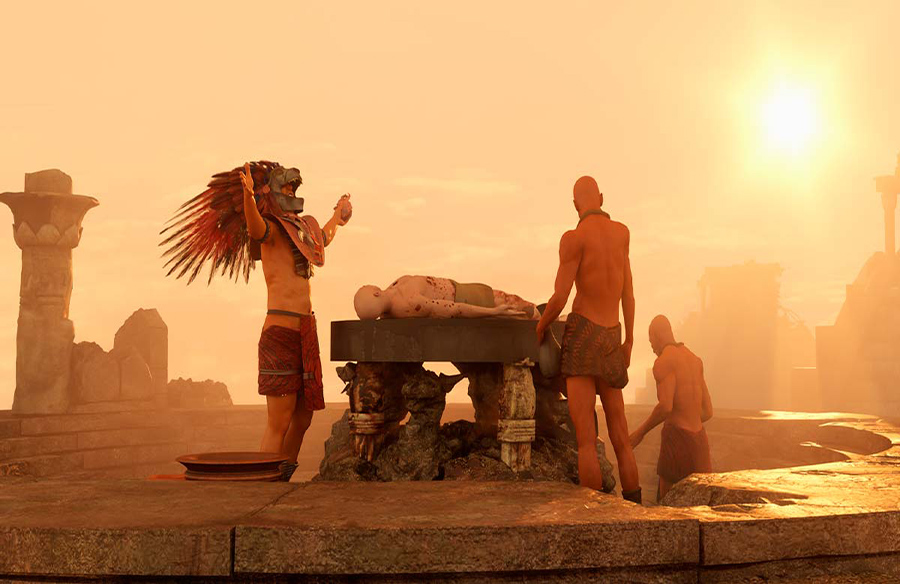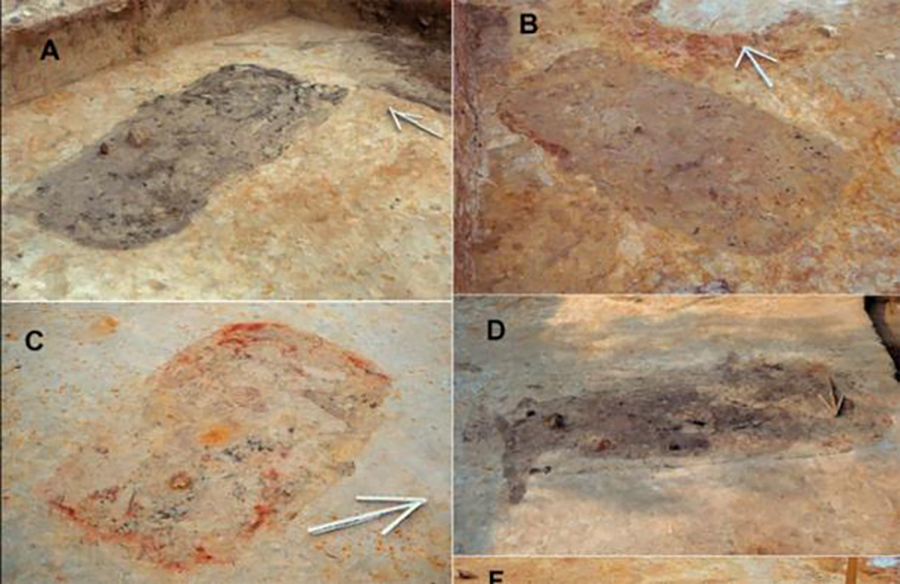The Aztecs’ Tlacaxipehualiztli festival, held annually during the second month of their calendar, stands out as one of the most eerie and gruesome spectacles of the ancient world. Dedicated to Xipe Totec, the god of fertility, agriculture, and war, this festival is marked by a haunting ritual: the wearing of human skin by Aztec priests.
Symbolism Behind the Skin-Wearing Ritual
Xipe Totec, known as “our lord the flayed one,” symbolized themes of rebirth and the cyclic nature of life. Depicted wearing flayed human skin, the god embodied the transition from old seasons to new ones. Thus, the act of flaying and wearing human skin was seen as a profound representation of this deity’s essence.

Gruesome Devotion: The Role of the Priests
Before the main ritual, sacrifices – often war captives – were dressed as Xipe Totec and paraded around in ornate costumes. After their sacrifice, priests meticulously flayed their skin, which was then draped over their own bodies in a ceremonial procession. This transformation into a living representation of Xipe Totec was a central aspect of the festival.
Festival of Contrasts: Spiritual Reverence Amid Horror
While the sight of priests adorned in freshly-flayed human skin may evoke horror, for the Aztecs, it was a deeply spiritual act. It served as a means of drawing closer to the god they venerated and ensuring his blessings for the upcoming agricultural season. The wearing of the skins for 20 days symbolized the process of death and rebirth, with the decaying skins eventually stored in sacred chambers believed to hold divine energies.
In their fervent devotion, the Aztecs looked beyond the immediate gruesomeness of the ritual, recognizing its deeper symbolic significance for the harmony of their world.








